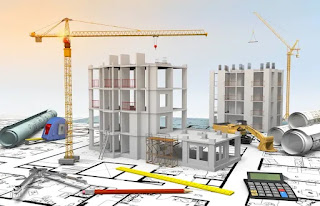.jpg)
Basic Laws & Theories Every Structural Engineers Should Know; 1.Newton's First Law of Motion, often called the Law of Inertia , states that: An object at rest will stay at rest, and an object in motion will stay in motion with the same speed and in the same direction unless acted upon by an unbalanced external force. Engineers use this law to design systems that are stable and resistant to external forces, such as wind or earthquake. 2. Newton's Second Law of Motion states: The acceleration of an object is directly proportional to the net force acting on the object and inversely proportional to its mass. Mathematically, it can be expressed as: F = m a Where: F is the net force applied to the object (in newtons, N), m is the mass of the object (in kilograms, kg), a is the acceleration of the object (in meters per second squared, m/s²). Key Points: Force : A push or pull acting on an object. Acceleration : The rate of change of velocity of the object. Mass : A measure of t...



